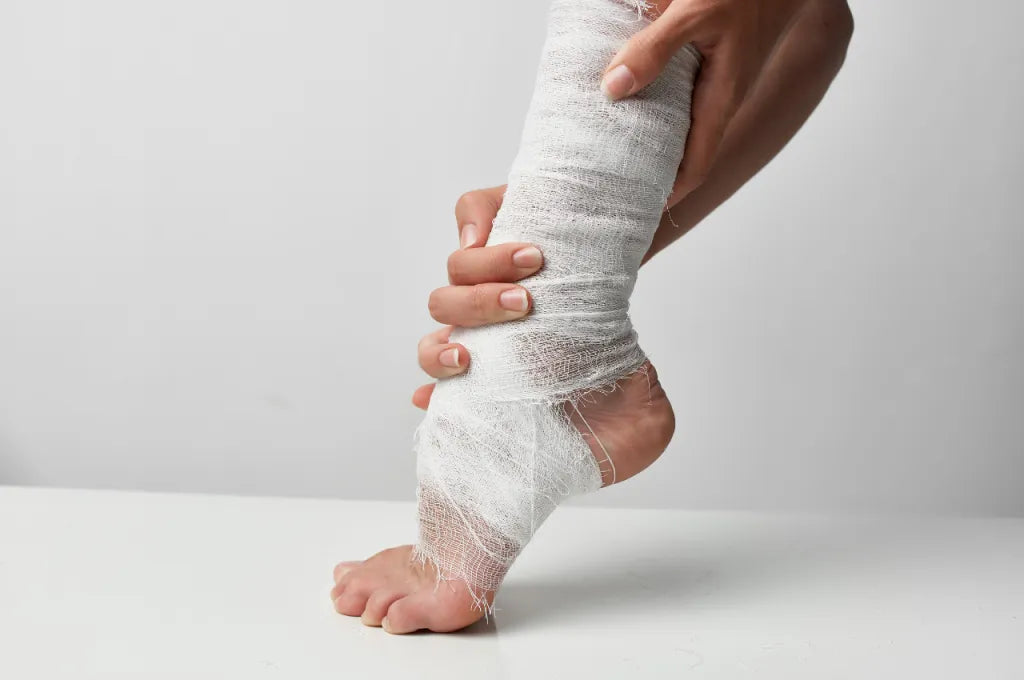
The Dance Mom's Guide to Injury Prevention and Care
As a devoted dance mom, your child's passion for dance fills your heart with pride, but you also understand the importance of ensuring their well-being. Dance, while a beautiful art form, comes with the risk of injuries. In this blog post, we'll explore the Dance Mom's Guide to Injury Prevention and Care, equipping you with valuable insights to support your young dancer on their journey to both excellence and safety.
Warm-Up Rituals:
One of the key pillars of injury prevention is a thorough warm-up routine. Encourage your dancer to engage in dynamic stretches, focusing on specific muscle groups used in their dance style. A proper warm-up increases blood flow, flexibility, and joint mobility, reducing the risk of strains and sprains during rehearsals or performances.
Importance of Proper Technique:
Emphasize the significance of correct dance technique from the very beginning. Ensure that your child receives proper training from qualified instructors who prioritize technique and alignment. Proper technique not only enhances the beauty of their movements but also minimizes the risk of injuries caused by incorrect form.
Adequate Rest and Recovery:
Dance is physically demanding, and your dancer's body requires sufficient rest and recovery. Encourage them to embrace rest days and prioritize quality sleep. A well-rested body is better equipped to handle the physical demands of dance, reducing the risk of fatigue-related injuries.
Cross-Training for Strength and Conditioning:
Incorporate cross-training exercises into your dancer's routine to build overall strength and conditioning. Activities such as Pilates, yoga, or strength training can complement their dance training, targeting muscle groups that may not be sufficiently engaged during dance sessions. A well-rounded fitness regimen contributes to injury resilience.
Nutrition as a Foundation:
Ensure that your dancer maintains a balanced and nutrient-rich diet. Proper nutrition plays a crucial role in supporting muscle health, bone density, and overall physical well-being. Adequate hydration is equally important to prevent muscle cramps and fatigue during rehearsals.
Encourage Open Communication:
Foster a culture of open communication between you, your dancer, and their instructors. Encourage your child to communicate any discomfort or pain they may be experiencing, no matter how minor. Prompt attention to minor discomfort can prevent the development of more serious injuries.
Invest in Quality Dance Gear:
Appropriate dance attire and footwear are essential for injury prevention. Ensure that your dancer wears properly fitted shoes and attire that support their movements. Ill-fitting shoes or inadequate support can contribute to foot and ankle injuries.
First Aid and Injury Management:
Equip yourself with basic first aid knowledge and be prepared to address minor injuries promptly. Having a well-stocked first aid kit at dance rehearsals and performances allows for immediate care of minor cuts, bruises, or sprains. In the event of a more serious injury, seek professional medical advice promptly.
Regular Check-ups and Assessments:
Schedule regular check-ups with healthcare professionals who specialize in dance medicine. These professionals can assess your dancer's physical condition, identify potential issues, and provide tailored recommendations for injury prevention and care.
Emotional Support and Mental Well-being:
Acknowledge the emotional toll that injuries can take on your dancer. Offer emotional support, and encourage them to prioritize mental well-being. Injuries may be physically limiting, but maintaining a positive mindset and seeking support from dance peers and instructors can aid in the healing process.
As a dance mom, your role extends beyond the audience to being a pillar of support for your young performer's health and well-being. By actively participating in injury prevention strategies, fostering open communication, and prioritizing overall wellness, you contribute significantly to your dancer's longevity and success in their artistic journey. Through the Dance Mom's Guide to Injury Prevention and Care, you empower both yourself and your dancer to navigate the world of dance with resilience, awareness, and a commitment to safety.
